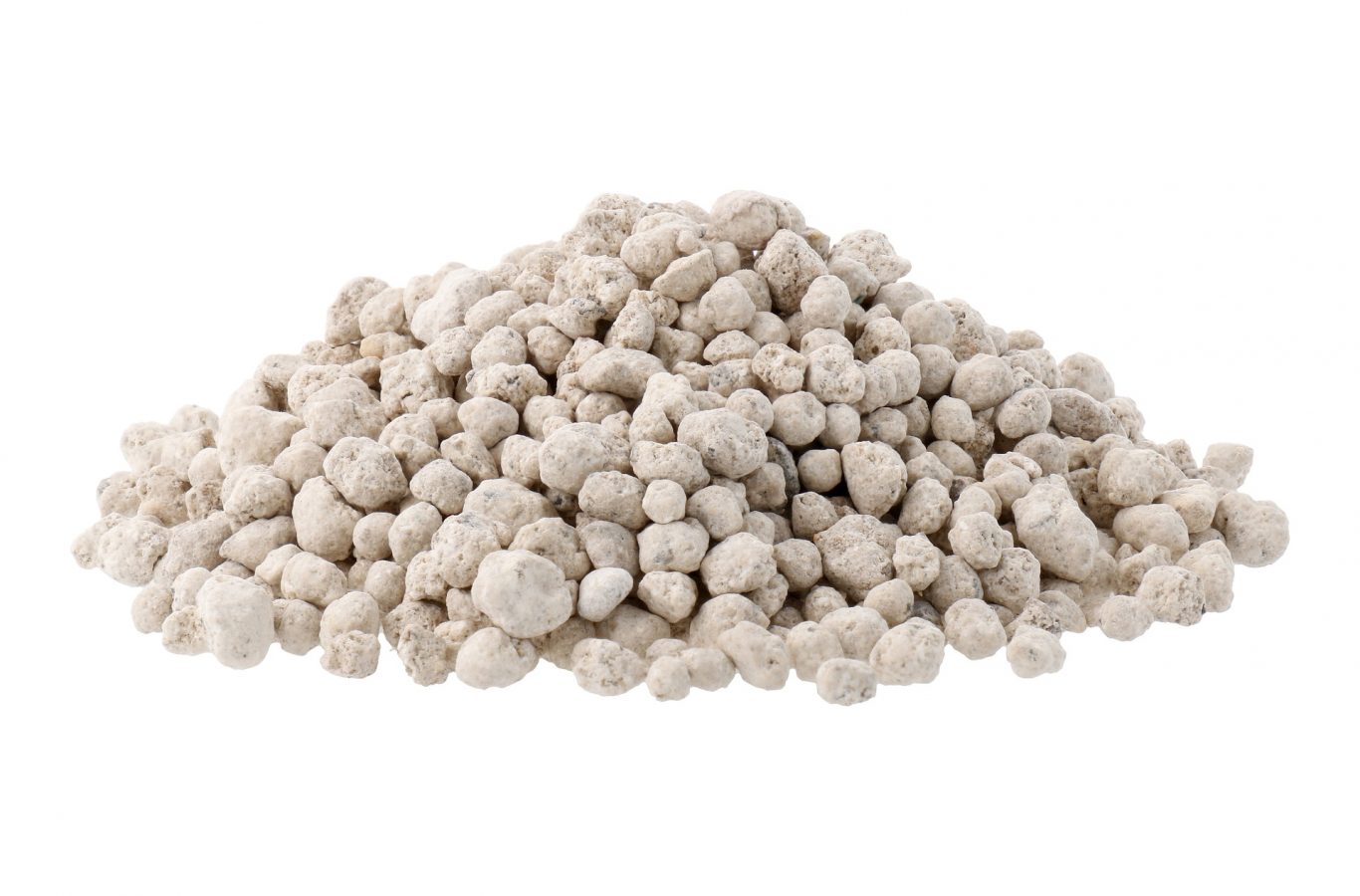For a strong and healthy yard, you’ll need to apply fertilizer throughout the year.
But one of the most common questions asked is “what did the numbers on the front of the bag mean?” And this is a good question, so I’ll
show you what the numbers stand for and what they mean for you and your lawn.
So you’ve probably noticed that bag after bag of fertilizer have those numbers somewhere on the bag.
So what are they?
These numbers represent the fertilizer’s guaranteed analysis; it gives you the percentage of three key elements by weight in the bag.
These numbers are also referred to as the NPK ratio.
The first number is Nitrogen. Nitrogen!
The second number is Phosphorus. Phosphorus!
And the third number: Potassium!
These three essential ingredients are used in all fertilizers.
It gets the term NPK ratio from each element’s symbol on the periodic table.
And will always be arranged in that order. So what does that really mean for you?
Well it’s important to note that each element serves a specific function for your lawn or your ornamental plants.
The nitrogen is responsible for the greening of the plant and the shoot growth.
If you’ve seen a neighbor’s lawn looking really green, he’s probably using something with high nitrogen.
The phosphorus helps with root growth and the establishment of new plants.
So say you’ve just planted a new ornamental bush.
Well you would want something that’s high in the middle number or phosphorous to help the roots take hold.
And potassium is for the overall health and strength of the plant.
Potassium will help toughen up the plant cells and water absorption to keep your lawn or plants strong.
When picking out a fertilizer for your lawn, it’s important to know what your lawn needs or which nutrients it’s lacking.
It’s generally recommended that you perform a soil test every year to see what your turf might need.
And keep in mind that regional climates, time of year, and grass type will all factor into what type of fertilizer that you will need.
So for instance, in this bag of our Summer
Pro Grow fertilizer, we have 19 percent nitrogen, 4 percent phosphorus, and 10 percent potassium in a 50-pound bag.
This ratio is great for warm season grasses like
St. Augustine during the summertime.
Or say you’re in California or Georgia and you have a fescue lawn.
Then you’re probably going to want something high in nitrogen such as our 34 -3 -3.
Or maybe you’re going to do an application of fertilizer during the Fall.
Then you’re gonna want something high in phosphorus because it’s gonna nourish the turf as it goes dormant.
What you don’t want to use is a fertilizer high in nitrogen because I could just end up feeding fungus like brown patch or weeds like clover .
And these are some examples of things to consider when you’re picking a fertilizer out for your own lawn.
And the good news is that most fertilizer labels will give you the information on what you’ll need for your lawn.
It will also tell you how much fertilizer you will need to apply to get one pound of nitrogen per thousand square feet.
This bit of info will also help you calculate how much fertilizer you’re going to need depending on how many applications you’re gonna make throughout the year.
So remember always check that label.
This should be a good launching point for knowing and deciding what type of fertilizers you’re going to need for your lawn.
But remember lawn care is more than just putting down fertilizers; you’re also gonna have to combat weed growth with pre and post emergent weed killers.
